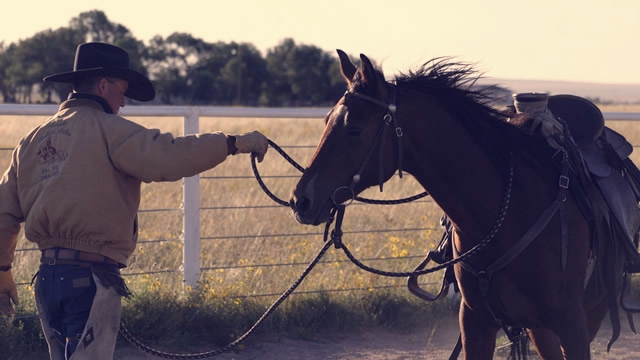Written by Martin Black This article originally appeared in Eclectic Horseman Issue No.39
There are various ways to deal with the problems which we encounter with our horses. Many times, people turn to instructional videos or books by accomplished horse trainers. This may be fine if the problem is properly diagnosed, and the correct prescription is properly administered. But if there is any misinterpretation or an incorrect application is presented, it is only a question of how much damage will be done.
Correctly identifying the problem is important to the process of analyzing it. First we need to identify the cause. Many times, by removing the cause, the problem will then start to disappear. The ingredients I have found to help identify problems with our horses is to ask these three questions. Does the horse know his job? Is the horse motivated to the proper level? And, are we doing all we can do to get out of the horse’s way?
By putting possible answers to these questions and dealing with them individually, we can minimize the confusion and be more effective at pin pointing the problems in order to deal with them accordingly. First, when the horse “knows his job,” there will be confidence instead of confusion. If the horse is confused, we need to give the horse more experience in areas we have already worked in or cover some new areas that he can relate to the job we want. Experience is the main ingredient here. Not just doing the job, but doing the job at different speeds and conditions.
At first, we may make the job simple and quite rewarding to him by providing relief for the any small effort. Then we start working up to asking for more effort and putting him in more difficult situations. This is what builds his confidence; when the horse learns that no matter how much effort he has to put out or how difficult the situation gets he can still feel good when he accomplishes the task. If the horse shows any signs of confusion we need to evaluate whether we need to slow down and give him more time to think or more experience at a comfortable pace before moving up to the next level. This is where “motivation” ties in. We cannot speed the horse up or work the horse longer without him being confident in doing the right thing. As we try to motivate him or ask for more effort, he may get confused and this discomfort may be part of the process to motivate him to want to get out of a certain situation. But then we need to offer him relief when he looks toward the area we want him to go.
Motivation doesn’t necessarily mean more effort or speed, especially if a horse is already too busy with his feet. Motivation to stand or walk, instead of dancing around, means the horse needs to throttle back, slow down and relax a bit. To motivate the horse means to bring the energy to the appropriate level — up or down — in the appropriate amount of time. When we are out of the horse’s way, our influence is enhancing the horse instead of inhibiting him, physically and mentally. Mentally, too much intimidation or fear will make the horse move too tight or maybe too quick. It may also make him react instead of evaluate how he may handle a situation. Under a confined situation the horse may panic at something he is unsure of. But in a situation where his self-preservation is not triggered, his curiosity can kick in and the horse may have an experience that he would be willing to repeat.
Here again, the confidence the horse shows is very noteworthy. To be out of the horse’s way physically means that we are not inhibiting the movement or the natural way the horse balances himself. When we influence the horse to position his head and neck in a way he would not position himself to move if we were not influencing him, we are inhibiting him. When our weight on his back compliments his balance and movement, we are enhancing him. When we are interfering and distorting his natural center of gravity, we are inhibiting him. When we learn to feel “the sweet spot,” or the place we can position our weight to maximize a positive influence of the horse’s movement, we are enhancing him. Our weight influences the horse’s center of gravity in any motion he makes forward, backward, right, left, or any combination of movements.
The more responsibility we take looking for these effects the easier we may find solutions to our problems. When the horse knows his job there will be confidence instead of confusion. To motivate the horse means to bring the energy to the appropriate level, — up or down, — in the appropriate amount of time. When we are out of the horse’s way, our influence is not inhibiting the horse, physically or mentally. A good effort to realize and maintain these three ingredients is a good way to minimize our problem-solving dilemmas.
This article originally appeared in Eclectic Horseman Issue No.39
https://eclectic-horseman.com/mercantile/horse-training-dvds/fundamental-horse-training/martin-black-roundpen-to-arena-part-1-foundation/


